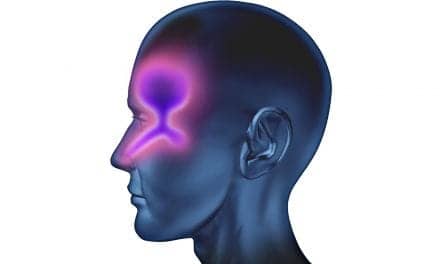Patients who present with chronic neck pain may actually have respiratory issues, according to researchers, who believe that respiratory function should therefore be included in the assessment and treatment of patients with chronic neck pain.
Researchers compared Maximal Inspiratory Pressure (MIP) and Maximal Expiratory Pressure (MEP) in 45 patients with neck pain. Those with neck pain were found to have weak neck extensors and a tendency for weak neck flexors. These patients also had reduced mobility in all cervical movement planes and impaired deep neck flexors, according to investigators.
Patients with chronic neck pain had a significant 13.8% reduction in their MIP, compared with healthy individuals, and a significant 15.4% reduction in their MEP. Neck muscle strength, kinesiophobia, and catastrophizing were significantly associated with both maximal mouth pressures, while MEP was also negatively correlated with neck pain and disability.
This impaired muscle strength could be the result of a combination of the common function of sternocleidomastoid, scalene, and trapezius in neck movement and inspiration, changes in force-length curves and muscle imbalances, segmental instability of the cervical spine, and impairment of neck proprioceptors.
“These changes have been proposed to lead to adapted kinetic and kinematic patterns of rib cage, changing the force-length relationships of the associated respiratory muscles and consequentially leading to alteration of their contraction patterns,” the authors concluded. “These mechanical changes of respiratory muscles may influence their force production abilities and can lead to a permanent respiratory weakness due to plastic changes.”









